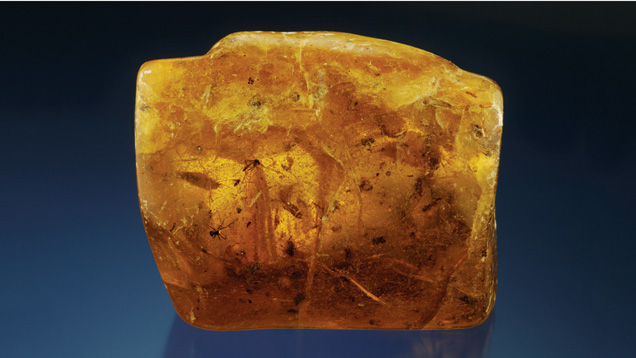Amber Description


Amber comes in a variety of colors. The most familiar ones are yellow to orange, while a
reddish color is rare. This group includes cloudy amber, reddish amber from Myanmar,
amber with stress fractures, and pale, almost opaque, amber. - Alan Jobbins
Scientists and collectors treasure amber that contains suspended animal or plant fragments. These fossilized bits of once-living things were trapped in the hardening amber, creating a fascinating time capsule.reddish color is rare. This group includes cloudy amber, reddish amber from Myanmar,
amber with stress fractures, and pale, almost opaque, amber. - Alan Jobbins
Some types of amber are found in the ground. Other types have been freed and carried by tides, ending up on beaches or near-shore areas. The Baltic coast bordering Germany, Poland, and Russia is still an important source of amber.

Gas bubbles are very common amber inclusions. If there are a lot of them, they can give the material a cloudy appearance.
Amber is sometimes called “gold of the North.” Its warm luster is featured in beads, carvings, pendants, and cabochons, as well as decorative items like cups, bowls, snuff boxes, and umbrella handles.A related material, called copal, is also fossilized tree resin, but it’s far younger than amber, at less than a million years old.

Like amber, copal is fossilized tree resin, but it is not as old. Amber must be over a million years old, while copal is younger—often around a hundred thousand years old.



